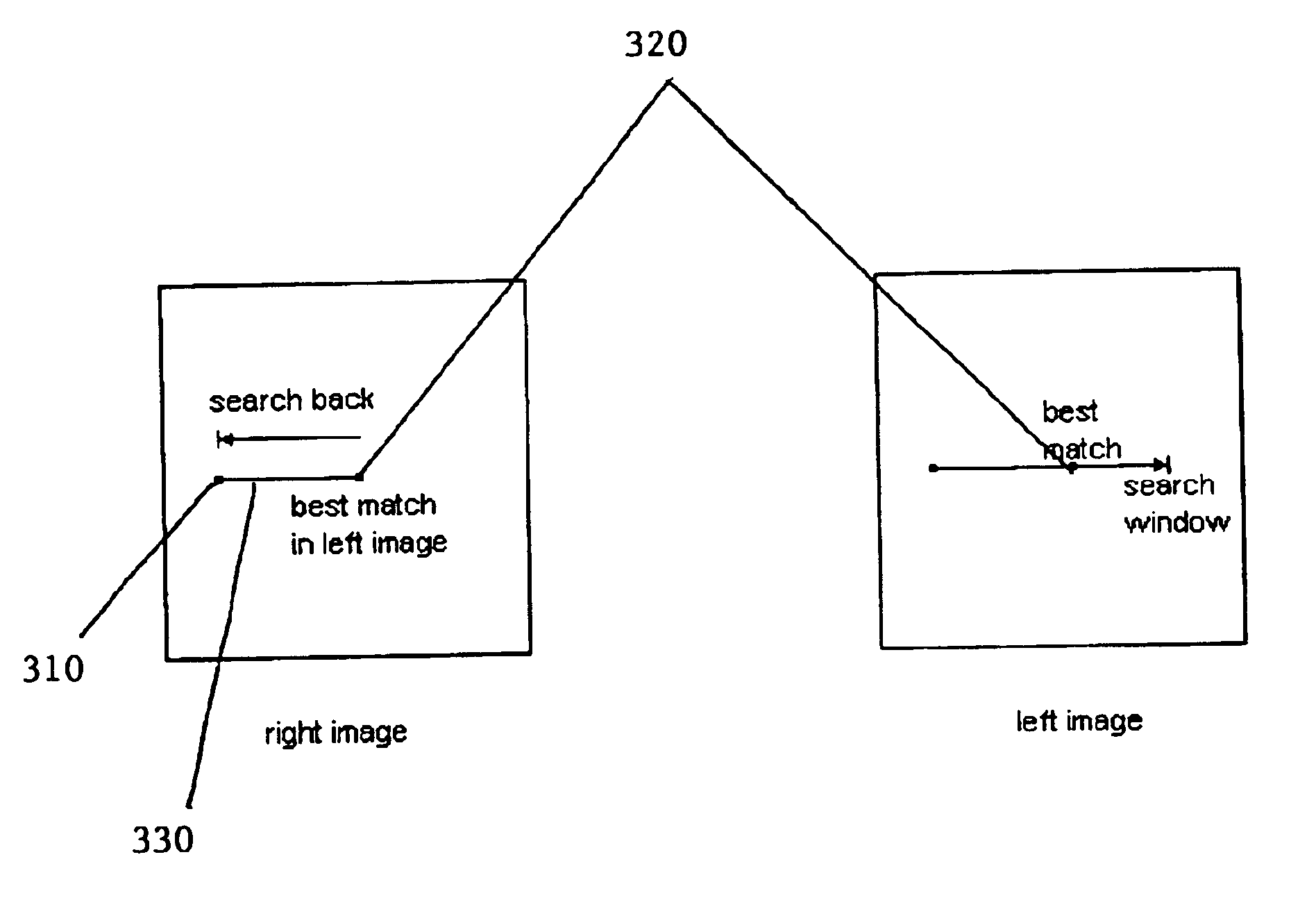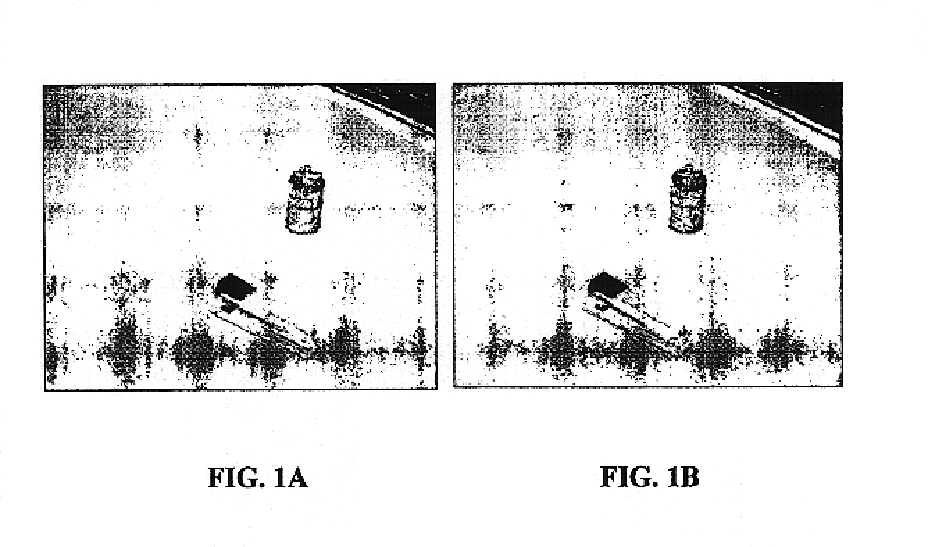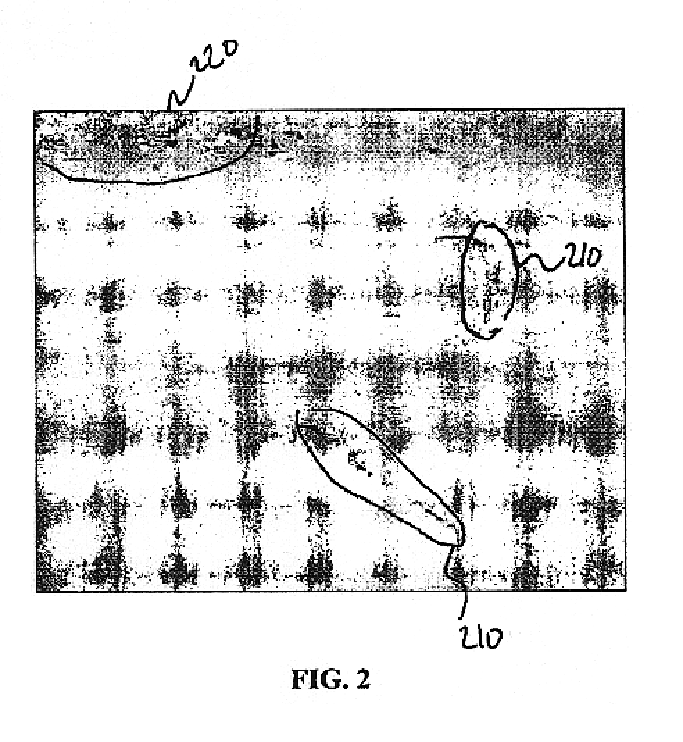Detection and removal of image occlusion errors
a technology of image occlusion and detection, applied in the field of image processing techniques, can solve the problems of leakage in a particular direction, limitation also speeds up the correspondence process significantly, etc., and achieve the effect of accurately identifying the occluded areas, poor match points, and significant speeding up the correspondence process
- Summary
- Abstract
- Description
- Claims
- Application Information
AI Technical Summary
Benefits of technology
Problems solved by technology
Method used
Image
Examples
second embodiment
One benefit of this second embodiment is that it provides greater confidence in the accuracy of the points in the image. This can be of particular use in those applications where potentially unknown areas can simply be avoided. In machine vision applications such as robotics, for example, a moving robot can simply avoid black areas as potentially corresponding to an object that may prevent movement. This may lead to a more circuitous route, but is a better calculated choice when potentially expensive equipment is involved.
The results of the second embodiment could also be used in combination with the first embodiment to create a disparity confidence map. For example, the brightness of a particular pixel in the disparity map can be adjusted based on the second algorithm. All points in image 4A that correspond to potential erroneous points in image 5A could have a lower brightness value while “correct” points have a higher brightness value. Other applications and embodiments could als...
PUM
 Login to View More
Login to View More Abstract
Description
Claims
Application Information
 Login to View More
Login to View More - R&D
- Intellectual Property
- Life Sciences
- Materials
- Tech Scout
- Unparalleled Data Quality
- Higher Quality Content
- 60% Fewer Hallucinations
Browse by: Latest US Patents, China's latest patents, Technical Efficacy Thesaurus, Application Domain, Technology Topic, Popular Technical Reports.
© 2025 PatSnap. All rights reserved.Legal|Privacy policy|Modern Slavery Act Transparency Statement|Sitemap|About US| Contact US: help@patsnap.com



